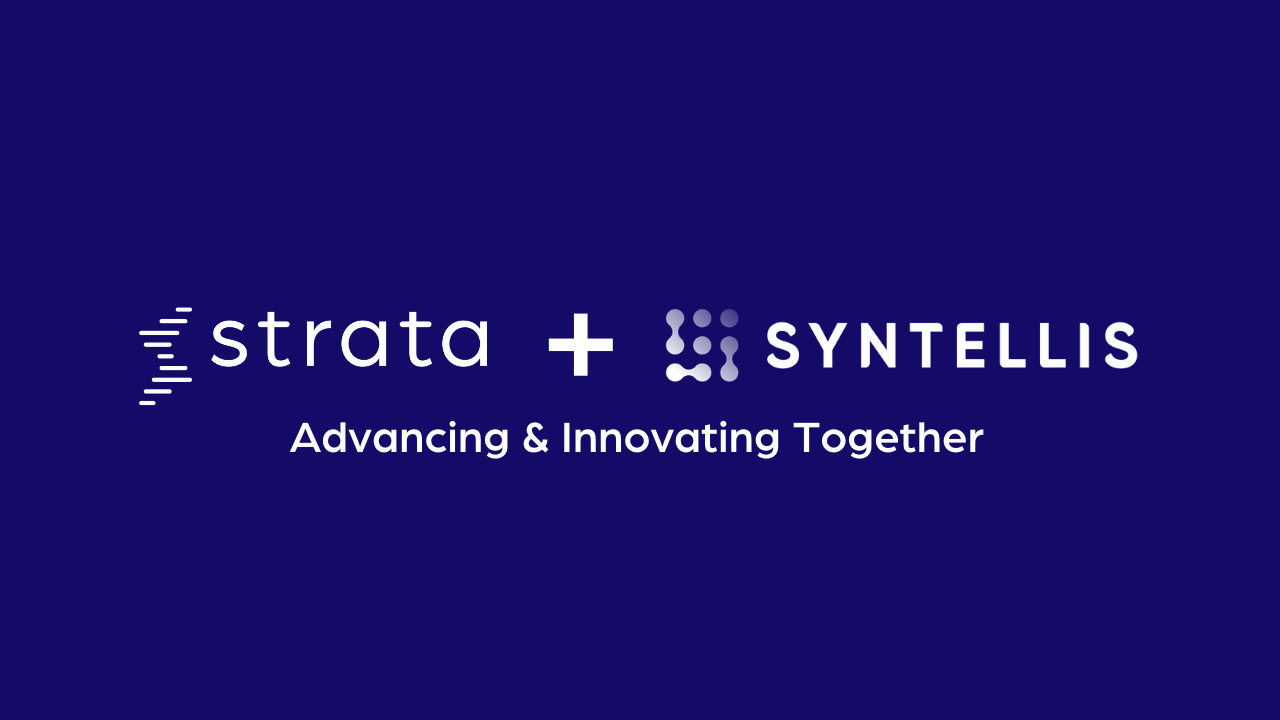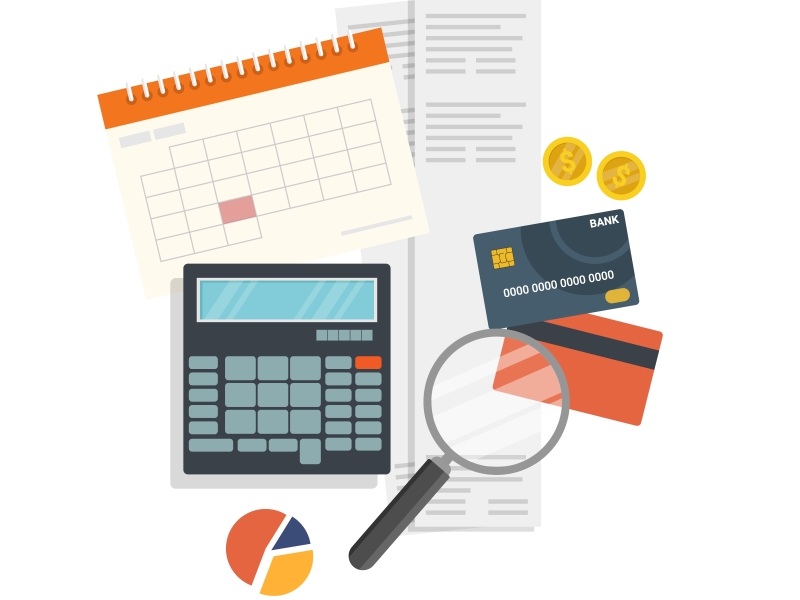Given how volatile the economy can be, banks and credit unions should aim to be proactive rather than reactive in their annual budgeting processes. Accurate planning depends on the ability to not only develop and execute plans, but also to shift those plans as circumstances change throughout the fiscal year.
If you are preparing for an upcoming budget cycle, use these tips to improve the speed, accuracy, and agility of your annual budgeting process.
#1 — Leverage Workflow Capabilities
Your budget software should ideally include workflow capabilities that allow you to define the steps in the budgeting and planning process, establish the owners of each step, and set automated alerts and notifications. This allows the finance and accounting teams to see where the budget process is at any point in time and, ultimately, keep that process on track.
#2 — Provide Instruction
Provide educational materials on the budget process, such as instructional videos or end-user training, especially if your approach or budgeting tools have changed. The goal is to make the process as easy as possible for everyone involved, create a better user experience, and set up the team and institution for success.
#3 — Assign a Finance Team Liaison
If you require input from various teams or departments, consider assigning a finance team member as a liaison for each manager. Using liaisons can help you get better information, reduce the number of iterations, and allow the budget process to move more quickly and efficiently.
#4 — Seed the Budget, Then Allow Adjustments
To expedite the budget process, seed the budget centrally with targets and financial goals for your managers, and then allow them to adjust. Giving them the ability to provide input and make changes helps managers understand expectations and garners buy-in.
#5 — Create Reporting Efficiencies
Where possible, start with standardized reporting templates that allow your institution to produce repeatable, consistent reports you can use for the month-end process, including balance sheet, income statement, comparative analysis, rate volumes, yield trends, and more. From there, you can create new, more tailored reports specific to your line of business.
#6 — Rely on a Single Source of Truth
Institutions benefit from a unified budget platform that serves as a single source of truth. You can improve budget process accuracy by setting up automated daily general ledger, monthly payroll, and loan deposit imports into the central platform. This process lessens the need for data to move among multiple systems and reduces manual entry that can result in errors. A unified platform also makes producing reports and dashboards that reflect up-to-date data from all systems easier.
#7 — Make Historical Data Available
By making historical data available, your managers can compare last year’s actuals to the budget as a starting point reference. Managers can prepopulate their proposed budget with historical actuals and refresh their data as often as needed based on the most current budget actuals. This provides the information they need to build a more accurate budget for the following year and increases both accuracy and efficiency in the process.
#8 — Set Up Data Alerts and Warnings
Set up limits, data alerts, and warnings so managers know if they are missing data or have values outside of norms or targets.
#9 — Provide Comprehensive Variance Reporting
Providing comprehensive variance reporting throughout the year equips leaders to manage their budget and performance. Variance reporting also encourages managers to see budgeting as an ongoing activity — providing monthly, weekly, or even daily analyses — rather than a once-a-year activity.
#10 — Allow Comments and File Attachments
To improve data visibility, enable managers to enter comments and attach files (for example, a pricing proposal from a vendor) that help explain or justify expense items, and allow their superiors and the finance team to see that information. This reduces the need for follow-up questions and additional iterations.
#11 — Use a Cash Flow-Based Forecast for Balance Sheet and Margin Planning
A cash flow-based forecast provides increased accuracy for line of business, regional, or branch-level projections. Performing cash-flow analysis within your budgeting and planning system also enables more efficient scenario analysis because it consolidates all planning in one system.
In general terms, cash flow-based forecasting involves generating instrument-level cash flows for the current book of business and cash flows for projected new volumes each month, using the results to derive forecasted balances, income expense, yields, and other KPIs. This process allows you to effectively analyze your budget and provide specific goals and targets for above-the-margin and below-the-margin items.
#12 — Project Net Interest Margins at Lower Levels of the Institution
Given the importance of balance sheet and margin planning, we recommend projecting net interest margins at lower levels of the institution as part of the overall budgeting and planning process. You will need to project funds transfer pricing (FTP) rates and the corresponding transfer credits and charges. This helps establish net interest margin targets and goals for your business leaders, ensuring they focus on the same goals as the institution.
The process also helps your institution plan for profitability versus volume and yield/cost of funds and allows you to track budget variances at a more granular level of detail and align incentive plans to institution goals.
#13 — Take a Sound Approach to Capital Planning
Focus on projecting your capital position and ratios as part of the planning process. Ensure you have targeted capital levels, including both regulatory and internal targets. Start with projected earnings, which include dividends and retained earnings.
Ensure you have a sound approach for modeling allowance for loan and lease loss, which may include projections for charge offs and coverage of recovery ratios for different lines and portfolios. These calculations will result in projected capital ratios and positions to determine whether you hit your targets.
Ultimately, you need to understand the capital impact of your plan and whether you need additional capital to support your planned growth.
#14 — Prepare for Multiple Scenarios
Create a baseline forecast based on your market and business expectations. In addition, run multiple scenarios, including best case and worst case, to assess potential financial impacts (e.g., earnings and capital) and operational impacts (e.g., staffing, projects, and process changes). Then, develop a plan for each scenario around your balance sheet strategy, liquidity options, and operational changes, testing those plans to ensure they have the desired impact.
While your institution may not be able to predict what will happen next year, you can create an agile budgeting process that equips you to quickly respond to an ever-changing environment. Axiom™ Planning helps financial institutions deliver timely and accurate information while adapting to changing market and business conditions. Learn more about Axiom Planning or schedule a demo.
Learn other budgeting tips for your bank

Tips for Financial Agility and Sustainable Growth in 2022

Tips and Tricks for the 2022 Budgeting Cycle


